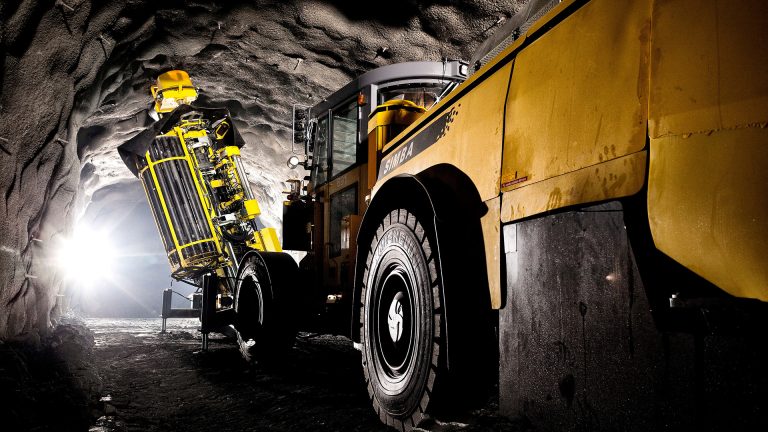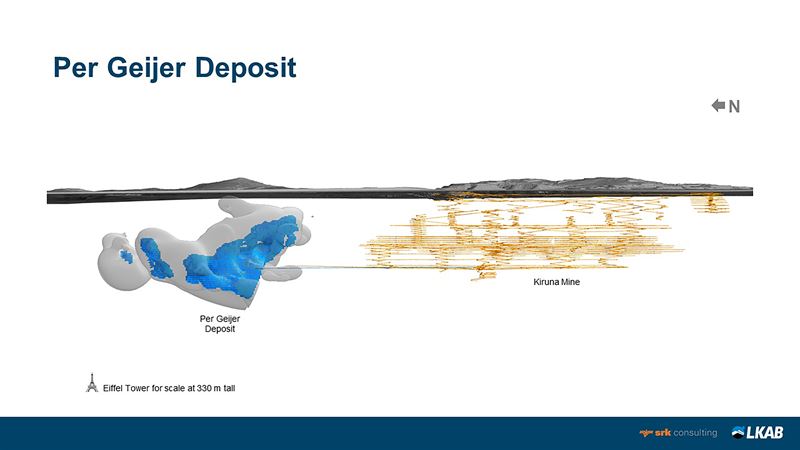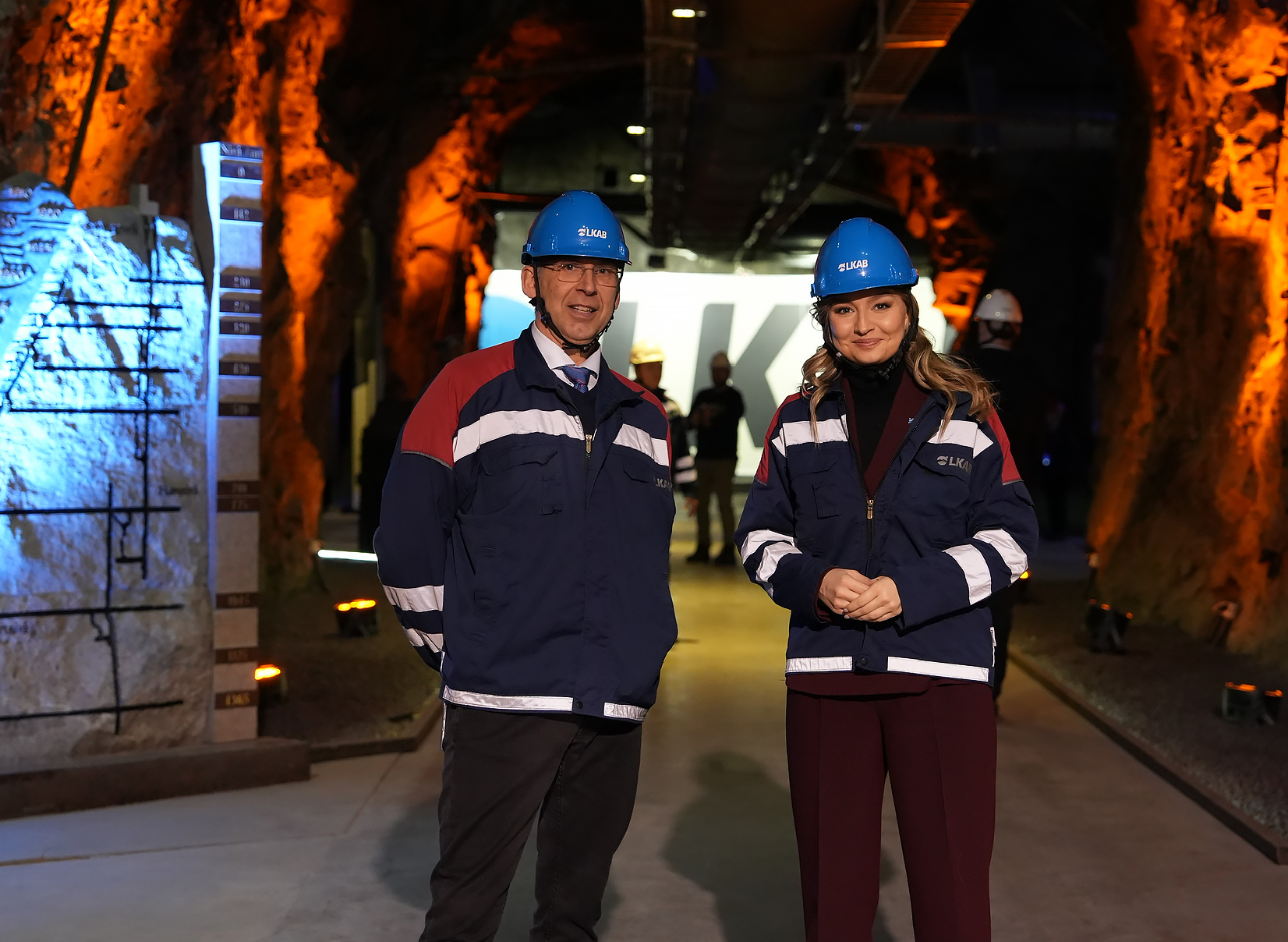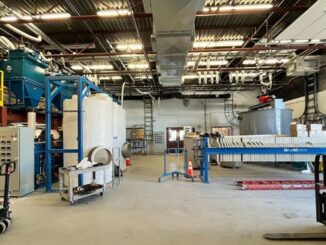
Swedish state-owned mining company LKAB has recently identified more than 1 million tons of rare earth oxides in the Kiruna area in the far north of the country. It is confirmed to be the largest known such deposit in Europe.
“This is good news, not only for LKAB, the region and the Swedish people, but also for Europe and the climate,” said Jan Mostrom, CEO of LKAB. “This is the largest known deposit of rare earth elements in our part of the world, and it could become a significant building block for producing the critical raw materials that are absolutely crucial to enable the green transition. We face a supply problem. Without mines, there can be no electric vehicles.”
In addition to electric vehicles, rare earth minerals are essential to many high-tech manufacturing processes such as wind turbines, portable electronics, microphones, and speakers. Sweden currently holds the rotating presidency of the European Union and is a country seen as a key part of the EU’s strategy for self-sufficiency in key minerals. The deposit could also significantly reduce European dependency on China, where the vast majority of rare earth materials are currently mined. According to the European Commission’s assessment, the demand for rare earth elements for electric cars and wind turbines, among others, is expected to increase more than fivefold by 2030.

Still, the road to mining the deposit in Sweden is a long one. LKAB said it planned to submit an application for an exploitation concession in 2023 but added that it would be at least 10-15 years before it could potentially begin mining the deposit and shipping to market.

“We are already investing heavily to move forward, and we expect that it will take several years to investigate the deposit and the conditions for profitably and sustainably mining it,” said Jan Mostrom. “We are humbled by the challenges surrounding land use and impacts that exist to develop this into a mine and that will need to be analysed to see how to avoid, minimize and compensate for it. Only then can we proceed with an environmental review application and apply for a permit.”
For more info, visit www.LKAB.com.



